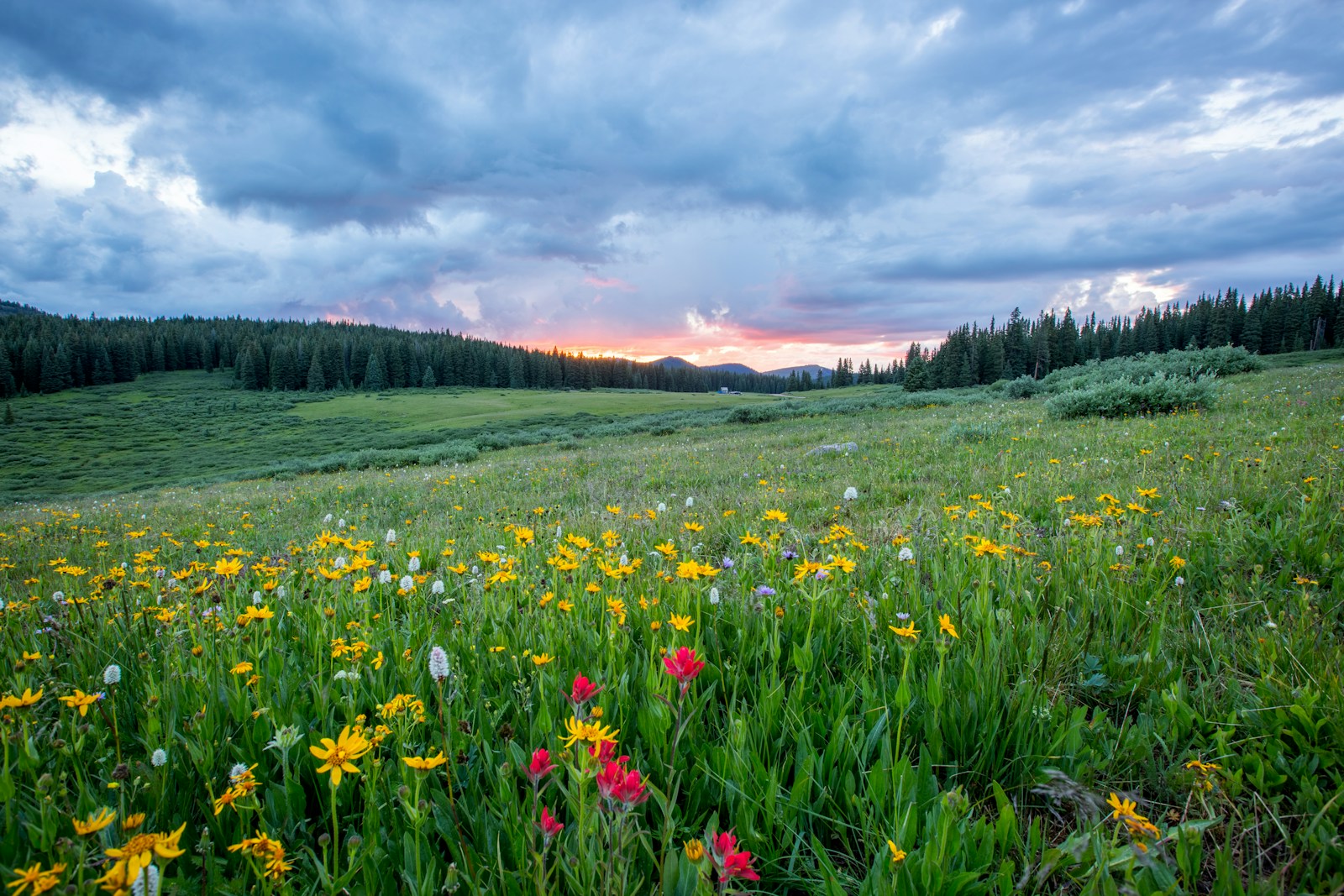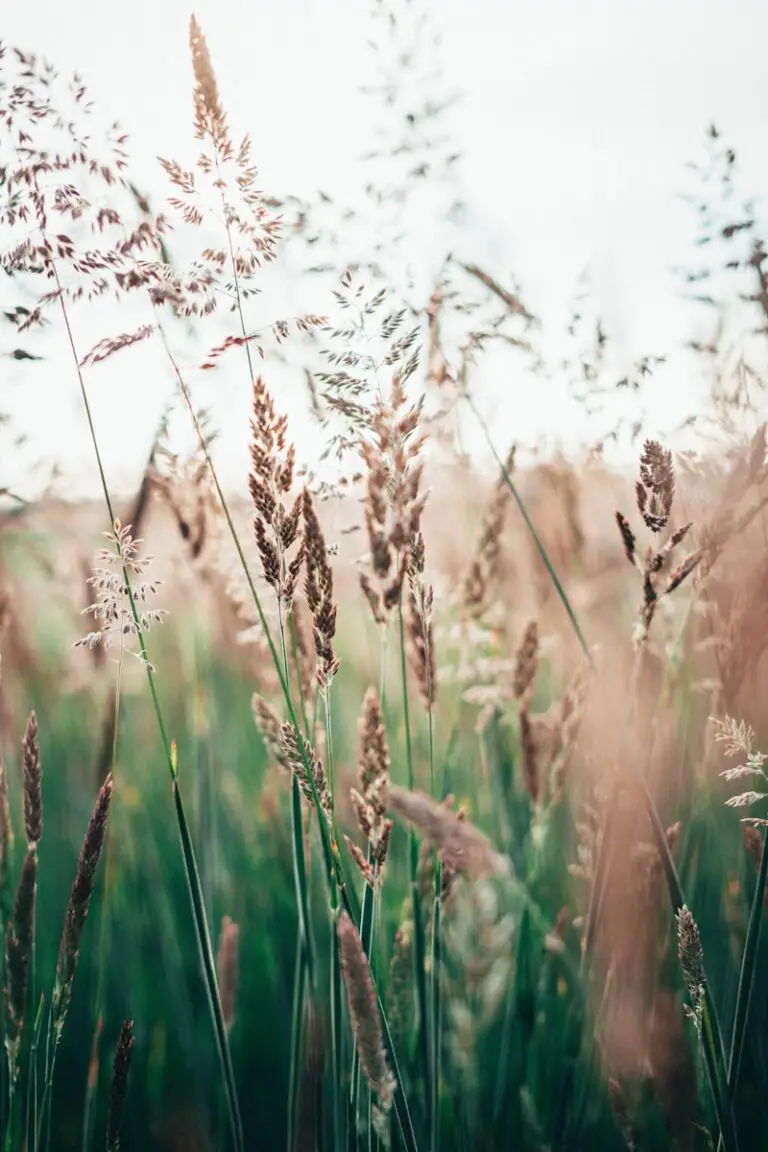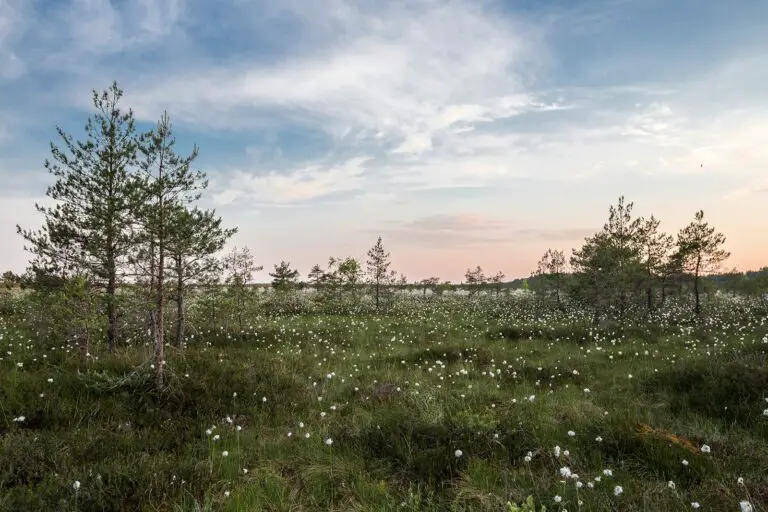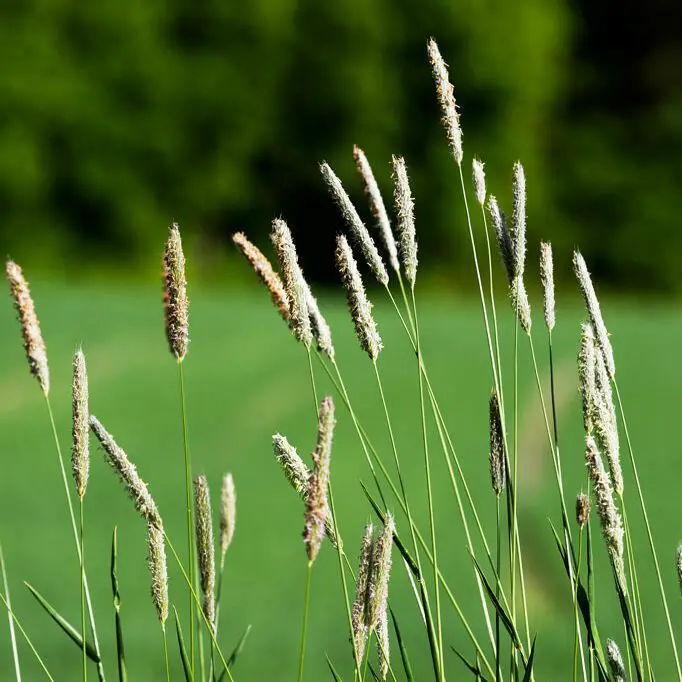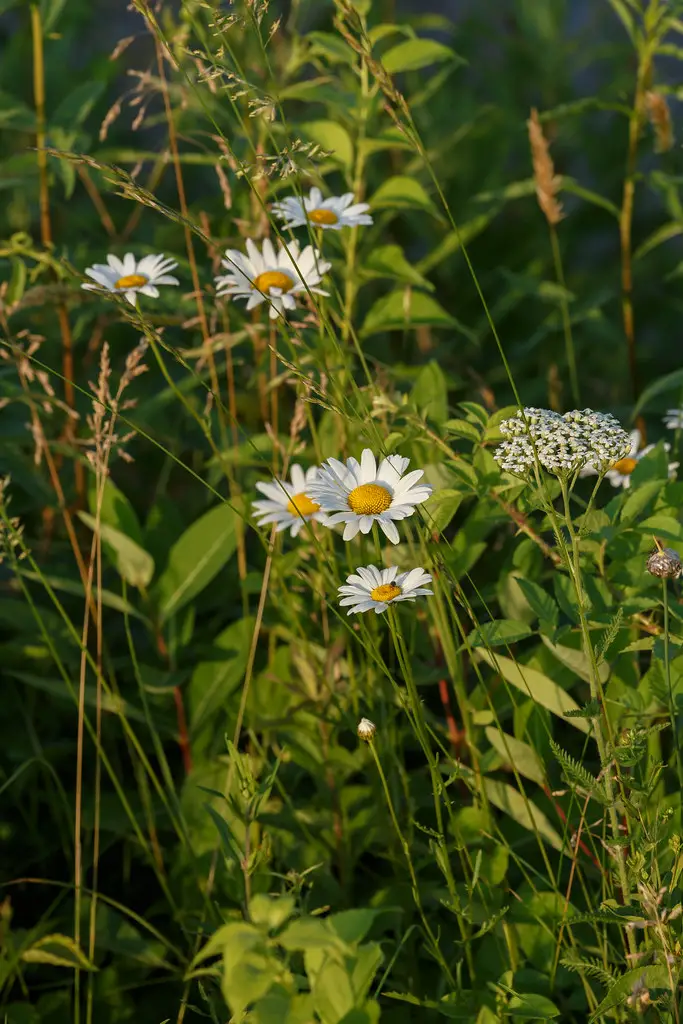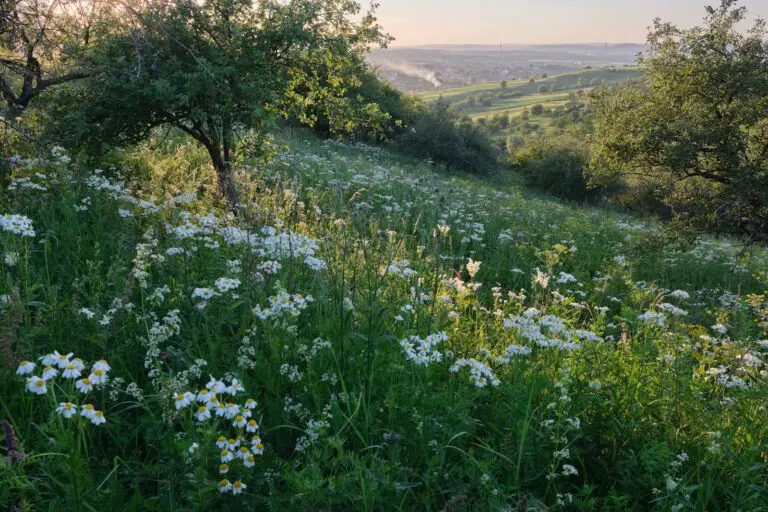Unveiling the Elegance of Meadow Fescue: A Must-Have for Cool-Season Garden Enthusiasts
For those with a penchant for the timeless grace of cool-season plants, Meadow Fescue stands as a verdant emblem of natural elegance. Unlike its more mainstream counterparts like the Kentucky bluegrass, this underappreciated cool-season native offers an unassuming yet stunning presence in landscapes. Coupled with its hardy nature and low-maintenance demeanor, it’s a must-have for the discerning gardener who values both aesthetics and practicality.
For the uninitiated, Meadow Fescue may appear on the surface as another grass variety lost in a sea of greenery, but its unique attributes, once understood, reveal a plant that is anything but ordinary. In this comprehensive guide, we’ll explore why Meadow Fescue deserves a leading role in cool-season garden landscapes, from its inherent beauty to cultivation techniques and design inspirations.
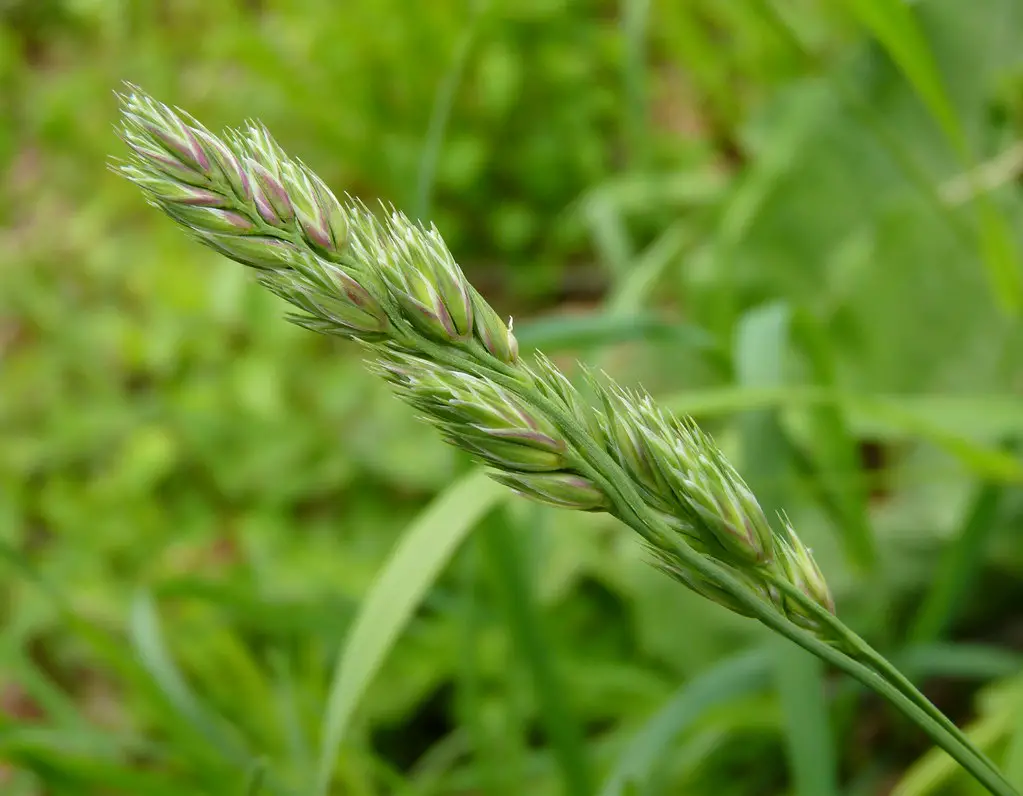
Benefits and Characteristics of Meadow Fescue
Meadow Fescue, or Festuca Pratensis, boasts an array of attributes that render it as valuable as any seasoned horticulturalist’s favorite. Here’s a closer look at what makes it special.
Drought Tolerance
One of the most prized characteristics of Meadow Fescue is its remarkable tolerance for dry conditions. This hardiness underlines its suitability for regions where water conservation is a concern, such as the Pacific Northwest or certain parts of Europe. Even in the midst of a summer dry spell, Meadow Fescue maintains its verdant hue, providing a refreshing contrast to parched, brown lawns.
Low Maintenance
Gardening with Meadow Fescue is a joy for minimalist and busy gardeners alike. This resilient grass needs little in the way of maintenance, making it a perfect choice for those who want a beautiful garden without the high demands of frequent mowing or intensive care.
Aesthetic Appeal
Meadow Fescue’s slender, arching blades create a delicate appearance that belies its robust nature. In landscapes that call for a finer texture or where a sense of movement in the wind is desired, Meadow Fescue delivers an aesthetic quality that is hard to rival.
Versatility in Landscaping
From expansive lawns to the fringes of woodland gardens, Meadow Fescue adapts splendidly to contrasting environments. Its natural elegance complements a variety of plants and architectural features, making it an ideal companion for creative landscaping endeavors.
How to Cultivate Meadow Fescue
Cultivating Meadow Fescue in your garden is a straightforward process, especially when you understand its basic requirements.
Soil Requirements
Meadow Fescue prefers well-draining soils with a slightly acidic to neutral pH level. Sandy loam or loamy soils are particularly well-suited for this grass, providing the right balance of moisture retention and aeration.
Planting and Care Tips
For optimal growth, sow Meadow Fescue in early spring or early fall. Ensure the seeds are in good contact with the soil and are not buried too deeply, aiming for a sowing depth of about 1/4 inch. Keep the area moist until the seeds germinate, which typically takes one to three weeks.
Seasonal Maintenance
Meadow Fescue requires minimal maintenance once established. A regular watering schedule—even during dry spells—will help the grass thrive. In the spring, a light application of balanced fertilizer can support healthy growth, while autumn presents an ideal time for planting and reseeding.
Design Ideas and Inspirations
Incorporating Meadow Fescue into your garden design is a chance to infuse grace and texture into your outdoor space. Here are some ideas to get you started.
Incorporating Meadow Fescue in Garden Designs
You can use Meadow Fescue to create a formal or informal meadow, enhance the edges of water features, or even as a soft, lush ground cover. Its versatility allows it to blend with both native and ornamental plants, bringing a harmonious quality to any garden design.
Companion Planting Suggestions
Pair Meadow Fescue with flowering plants such as irises, salvias, or yarrows to create a picturesque, wildflower-like effect. Additionally, using it alongside trees and shrubs can provide a beautiful base for a layered garden aesthetic.
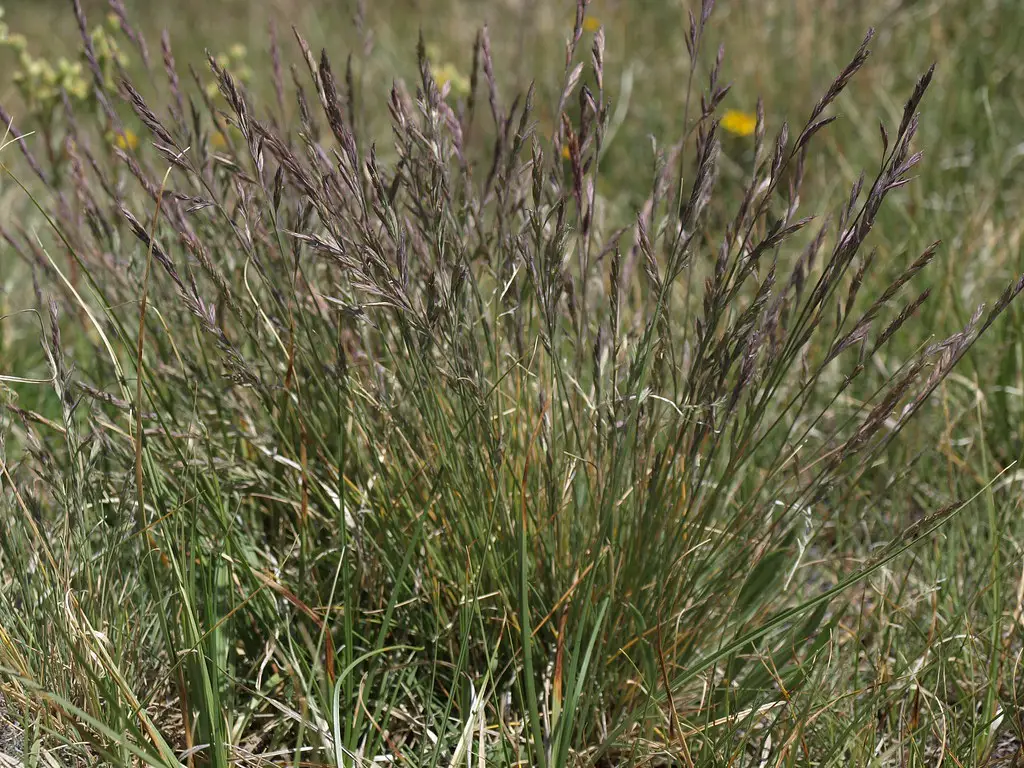
Tips for Successful Growth
While Meadow Fescue is quite resilient, a little extra care can go a long way in helping it reach its full potential.
Watering Schedule
Establish a consistent watering schedule, especially during the summer months. While Meadow Fescue can tolerate dry conditions, occasional deep watering will encourage stronger, more durable root systems.
Fertilization Needs
A light feeding in the spring with a slow-release, balanced fertilizer can benefit Meadow Fescue. However, avoid over-fertilization, as excessive nitrogen can lead to thatch buildup and reduced plant health.
Pest and Disease Management
Meadow Fescue is relatively resistant to pests and diseases. Insect and disease issues are typically related to environmental stress or improper growing conditions. Keep an eye out for aphids, mites, and leaf spots, but, in most cases, prevention through proper care is the best solution.
Conclusion
At a time when eco-conscious choices and sustainable gardening practices are at the forefront, Meadow Fescue offers a compelling case for inclusion in any garden enthusiast’s landscape palette. With its drought tolerance, low-maintenance nature, and unmatched visual appeal, it stands as a paragon of grace in the cool-season garden.
As you consider the plants that will grace your outdoor space, give Meadow Fescue the opportunity to flourish. In return, it will bestow your garden with an enduring charm that is as timeless as the changing seasons.

